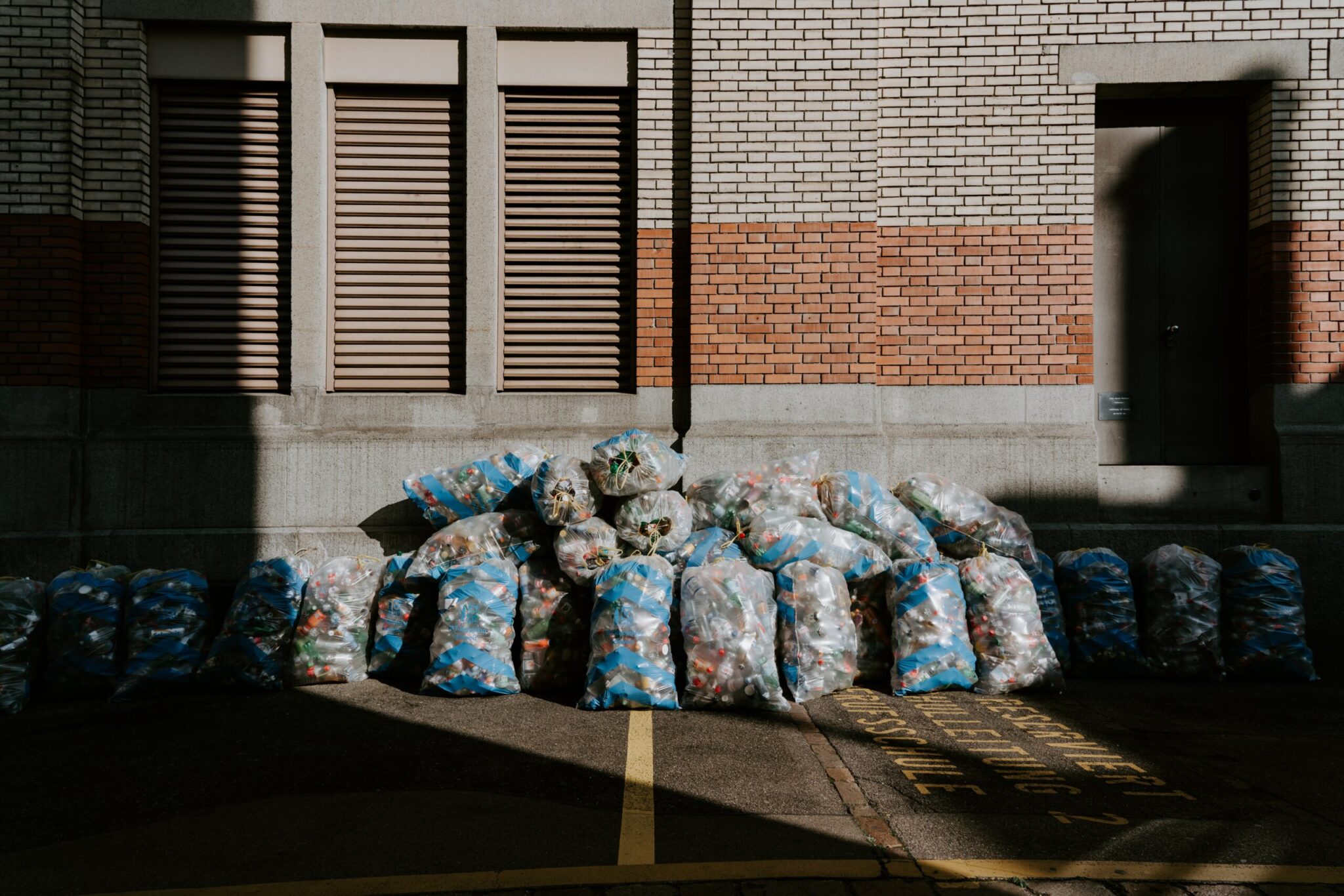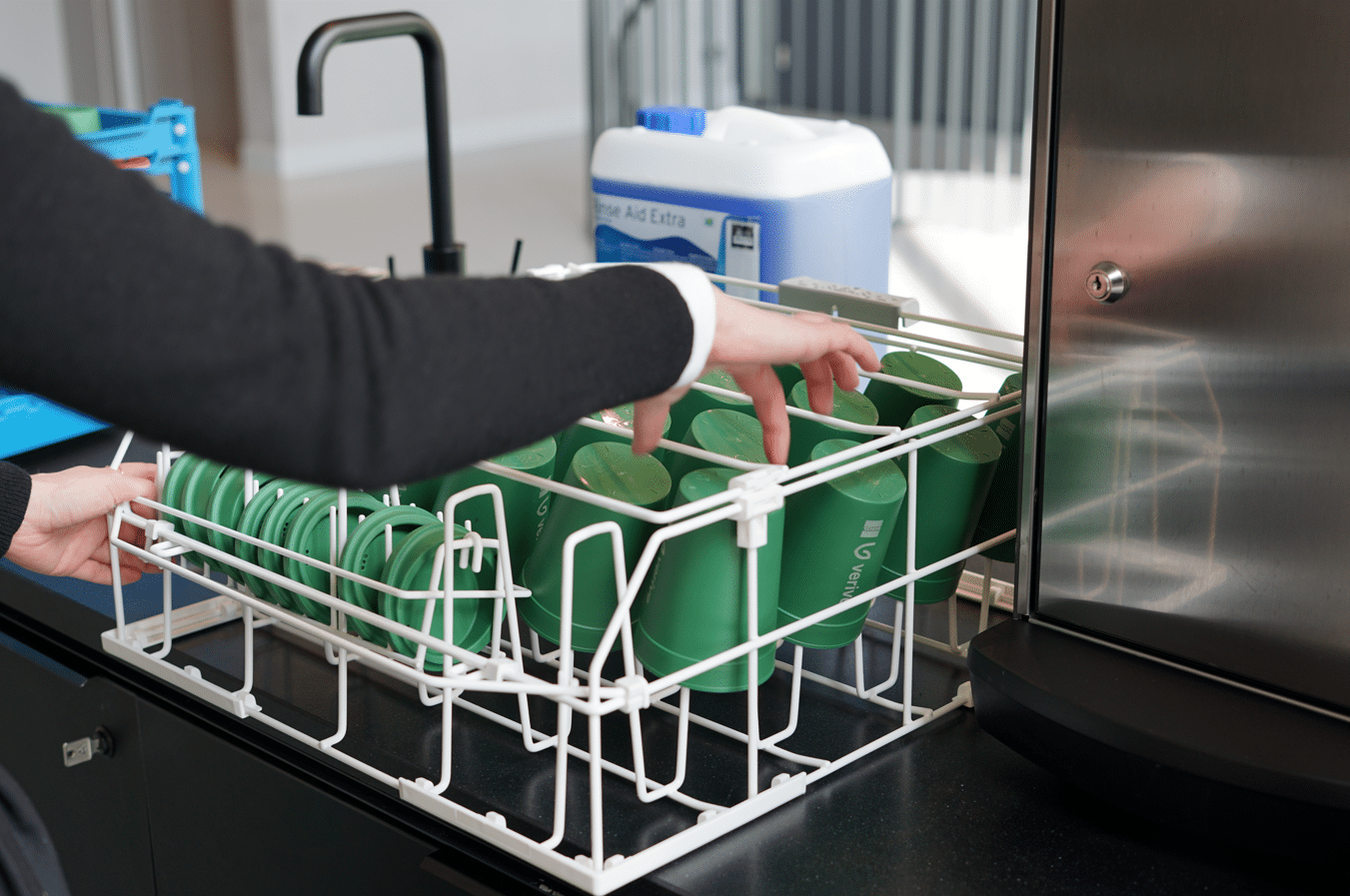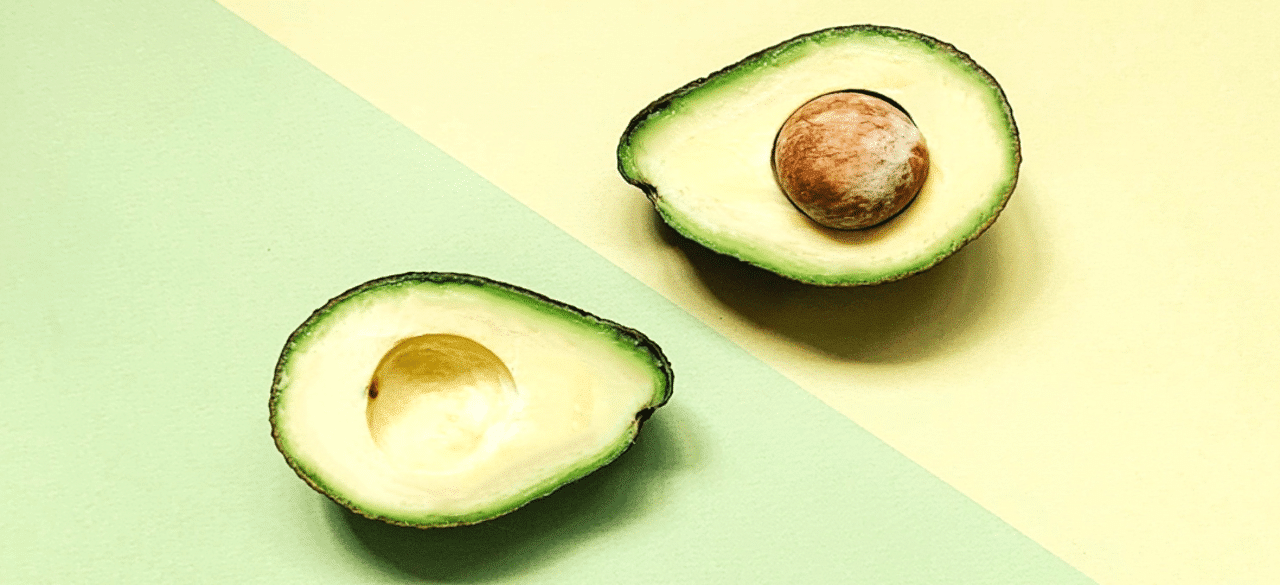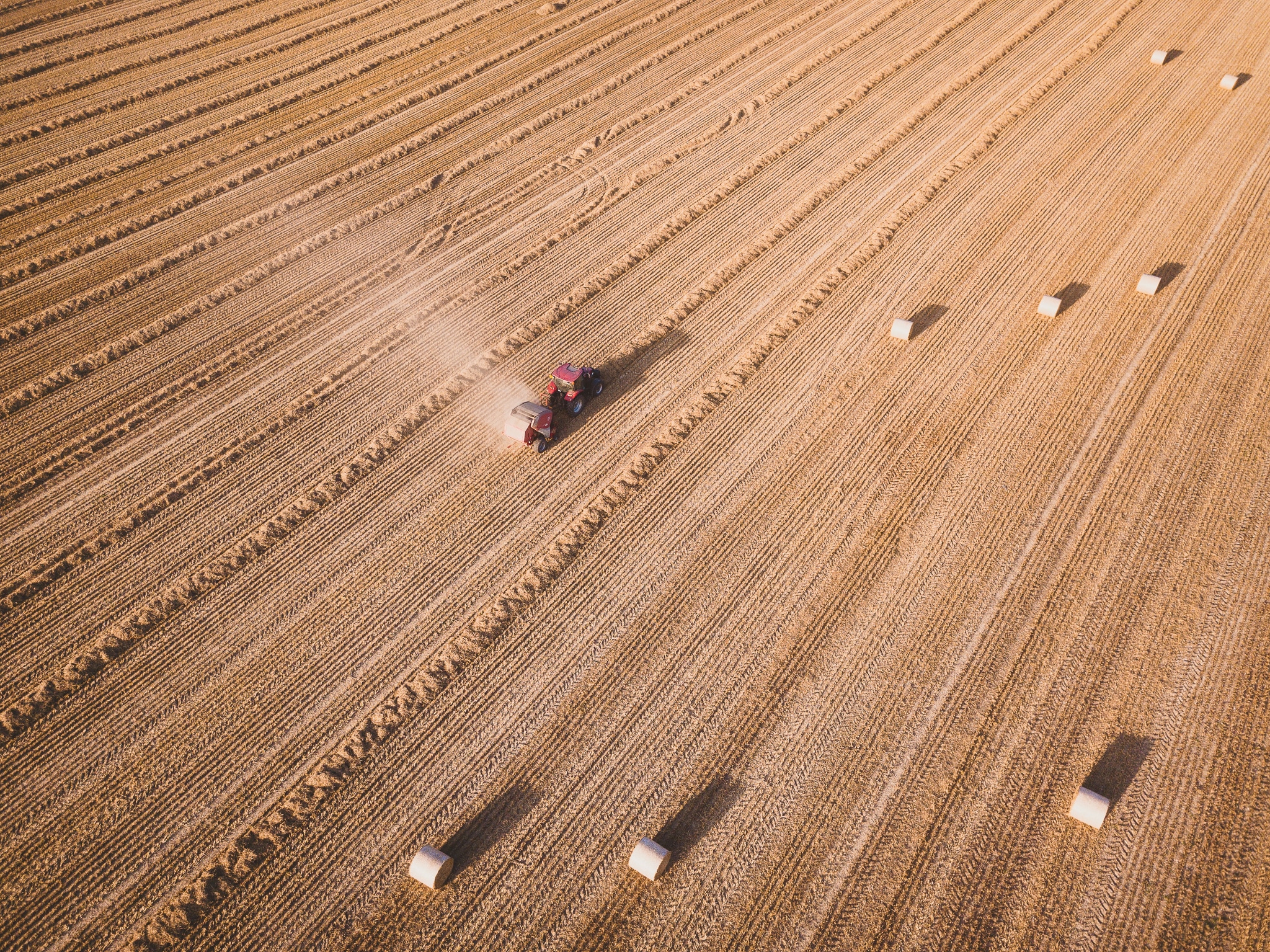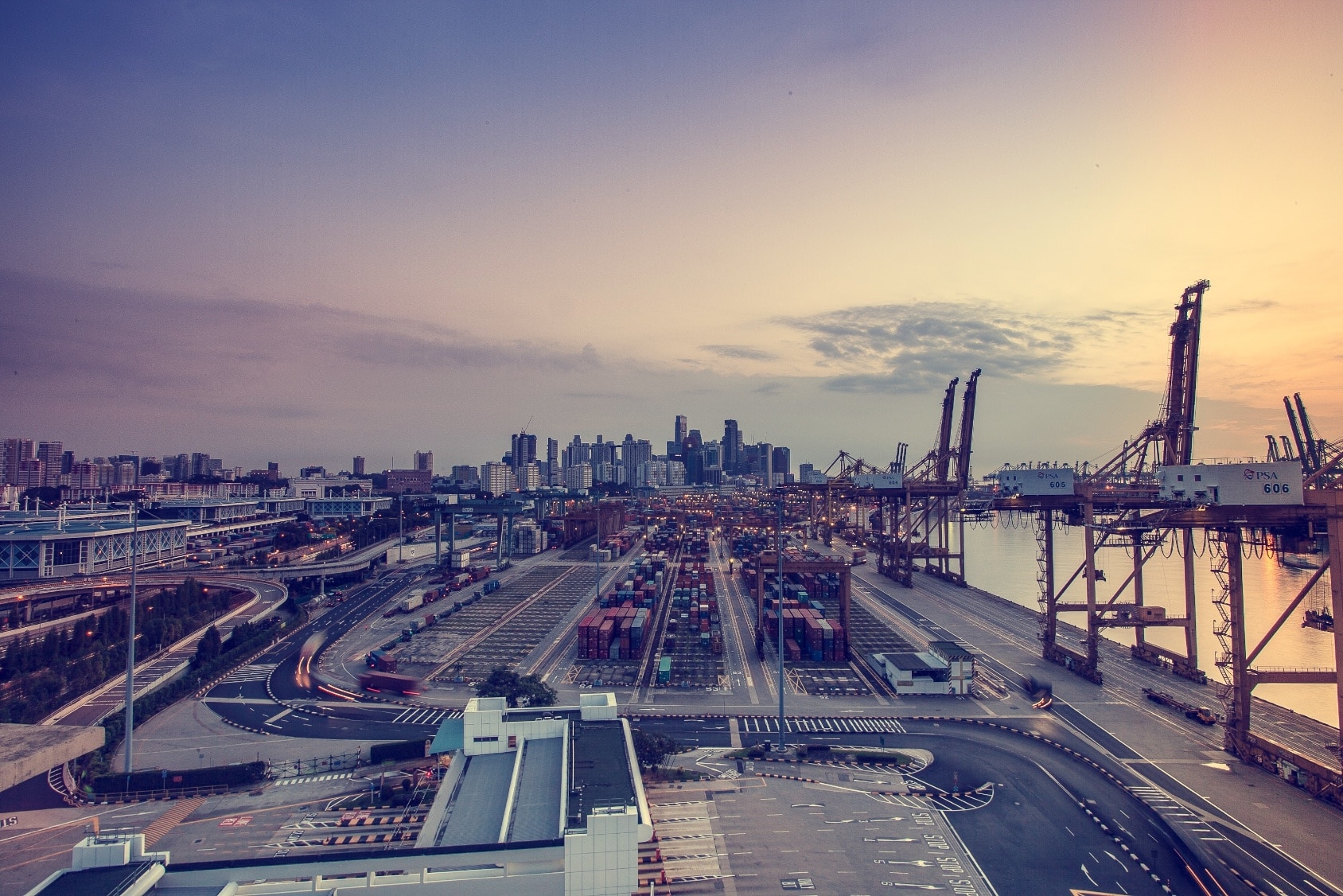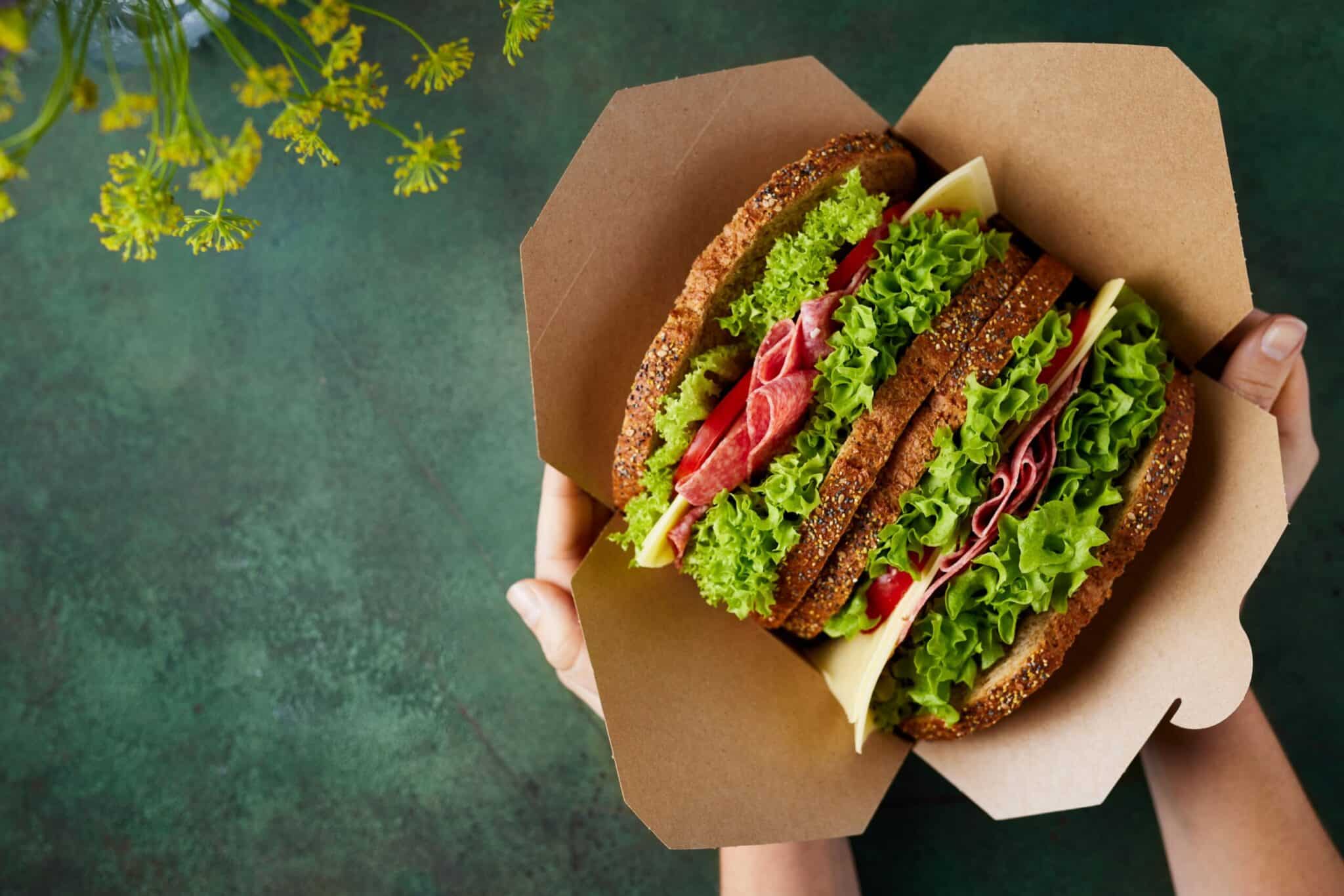About this article
There’s a lot of misinformation circulating around plastic recycling. We’re here to set the record straight and address some common questions and misconceptions. Why? To deal with our plastic waste problems, we should have as much information as possible.
Is plastic recyclable?
This might be surprising to learn but all plastic is recyclable.
The technology exists to recycle any plastic, but around the world, these technologies are not widely available. Why? Unfortunately, they are not always economically feasible. Generally speaking, for plastics to be collected and recycled, it has to be financially beneficial for the businesses that process them.
Within the EU, an estimated 41% of plastic packaging waste was recycled in 2019. Below we take a closer look at some recycling rates across the EU, and per waste stream and per country. For instance, nine countries recycle more than half of the plastic packaging waste generated: Lithuania (70%), Czechia (61%), Bulgaria (59%, 2018 data), the Netherlands (57%), Sweden and Slovakia (both 53%), Spain (52%), Cyprus (51%) and Slovenia (50%).


While the charts above illustrate more plastic packaging is being recycled each year, importantly, it also demonstrates that there is huge variety across Europe and there is significant room for continued improvement.
Of course, with so many different types of plastic out there, some are more widely recycled than others.
Widely recycled plastics include:
-
PET: Used in soft drink bottles, trays, and punnets.
-
HDPE: Used for bottles, grocery bags, and pipes.
-
LDPE: Used for plastic bags, various containers, and dispensing bottles (widely recycled at local collection points)
-
PP: Used for many food containers, cups, and dishware.
Plastics that are collected and can be recycled, but only in certain plants at this time, include:
-
PS: Used in cafeteria trays, plastic utensils, coffee cup lids, and clamshell containers.
-
EPS: Used for insulation board and foamed protective packaging.
One plastic that when used in packaging is currently not widely collected for recycling:
-
PVC: Used in packaging for drinks labels. There is a considerable capacity to recycle PVC building products but not packaging products.
In some areas the bioplastic PLA, which is used for food containers, cups, cutlery, and films, can be collected and industrially composted.

Packaging design is essential for the recycling process
Design makes a big difference when it comes to how recyclable packaging is within different European countries.
For example, if a PET drinks bottle has a PVC sleeve, when it arrives at the recycling plant the scanning technology may only recognise the PVC sleeve. If that happens, then it will not be sorted for recycling (as PVC packaging is not widely recycled). Similarly, scanners often misidentify ‘carbon’ black plastics, so they sometimes slip through the net as well. Good design helps avoid these situations.
Plastic can be recycled back into the original product or sometimes other items or applications in industries, such as:
-
Durable goods for our homes and businesses, such as furniture;
-
Insulation for buildings;
-
Agricultural products;
-
Automotive parts;
-
Packaging; and
-
Building and construction materials.

Is plastic packaging resource-efficient?
Plastic can be considered quite a resource-efficient packaging material.
You can produce a lot of plastic packaging using relatively low amounts of material and energy resources, compared with its alternatives. Think about how thin and light plastic is and how it is still strong enough to do its job with that small amount of material.
Some studies suggest that if you wanted to replace plastic packaging with alternative materials, you would use 2.2 times the energy and 3.6 times the mass. This weight difference adds up, equating in more fuel emissions. Therefore, it is imperative to keep packaging as light as possible. In addition, when plastic packaging is recycled, it saves on the energy expenditure in the original extraction of fossil fuels, increasing the material’s overall resource efficiency.
The future of recycling
Plastic has a reputation issue, but any material as recyclable and resource-efficient as plastic deserves some place in our sustainable future. Instead of swearing off plastic entirely, it’s time for manufacturers, businesses, and consumers to work with it responsibly and make sure it reaches a sensible, ecologically conscientious end-of-life. Together we must encourage proper producer and consumer behaviour, while also reusing already existing goods and encouraging the development of our local recycling facilities and their capacities.
Have more questions about plastic and its role in overcoming sustainability challenges? Don’t hesitate to get in touch; we always love to hear from you.
